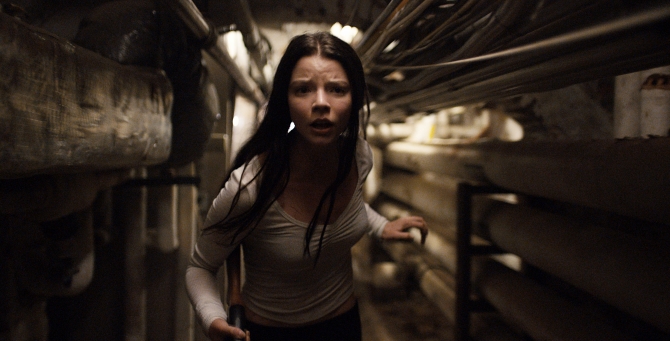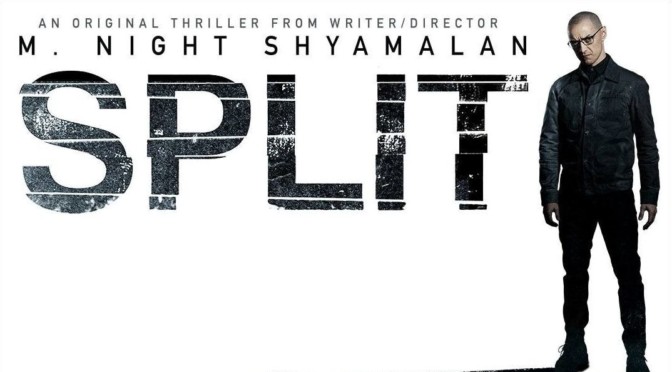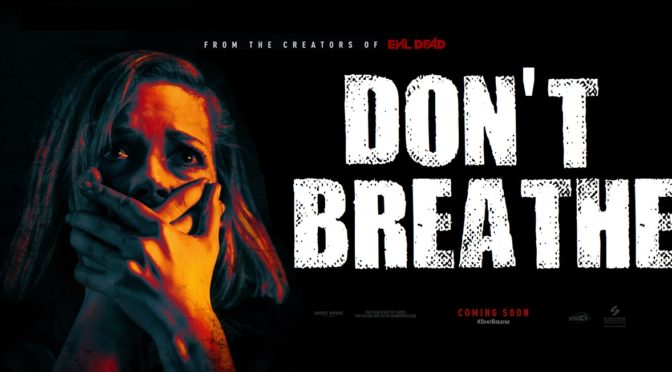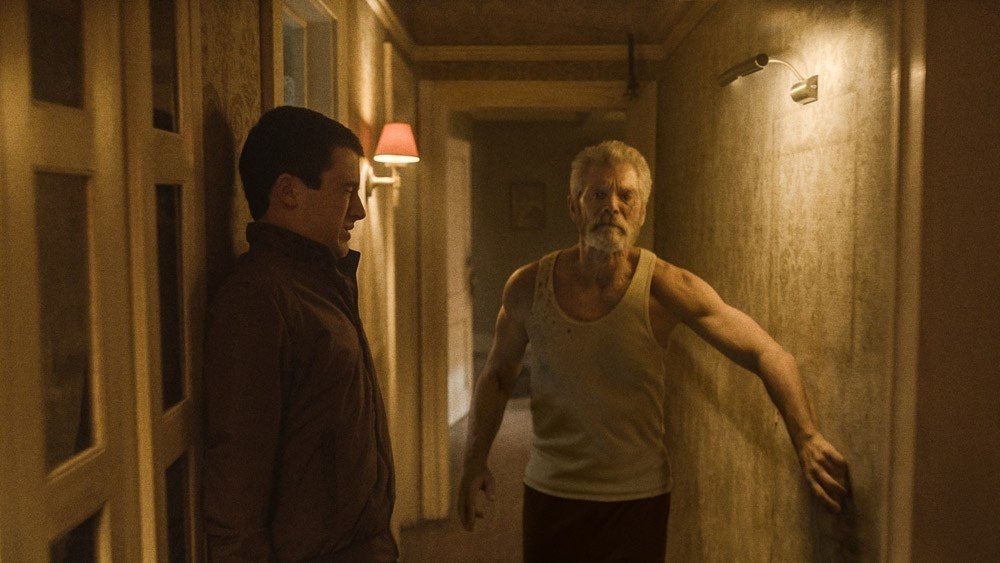The words “M. Night Shyamalan” used to elicit groans or sighs. After releasing often laughably bad films through the late 2000s he returned in 2015 with The Visit, his first movie in a very long time to receive anything close to favorable reviews. While that film wasn’t a complete success and lacked some of his strongest talents because of the found footage shooting style, it did show hope for his future. With Split, Shyamalan has created his true return to form. Leaving a birthday party, three teenage girls, led by Anya Taylor-Joy (The Witch) as Casey, are kidnapped and awaken in a locked room. A stern man (James McAvoy; X-Men: First Class) enters their room and tells them not to worry because they will be taken care of. In other scenes, this same man is seen by his psychiatrist for dissociative identity disorder (DID). He has 23 total personalities, each with their own behavior and, according to his shrink, their own physiology. During their meetings he reveals that there is a 24th personality about to emerge.
The entire film rests on the shoulders of James McAvoy. With so much asked of him and so much of the runtime centered around his performance, a failing on his part would have easily crippled the movie. Fortunately, he is up to the task. Many actors would have relished an opportunity like this to show off their acting abilities, but McAvoy successfully juggles the disparate roles with aplomb. As he switches personalities, his accent, his mannerisms, and his overall presence completely changes. While it could be considered comical to see him dressed as a woman in high heels, McAvoy’s physical stature and commitment make it an unsettling sight. He is able to engender sympathy as he plays the child personality, Hedwig, then moments later fear as Dennis, the personality that kidnapped the girls. His adaptability is praiseworthy.

Shyamalan’s early films greatly benefited from strong direction and blocking and Split is no different. Camera movements are smooth and the sets are built to instill claustrophobia. Shyamalan hired Mike Gioulakis, the cinematographer of It Follows, to shoot this film and the effect is obvious. There is a noticeable improvement to the lighting and colors from The Visit and it helps establish the atmosphere. That being said, Split does not have the dread of Shyamalan’s best work. He is able to create tension in several scenes but isn’t able to maintain the suspense throughout. This is caused by the other two girls and a problematic backstory for Casey that distract and detract from the desired mood.
Sadly, any review of the director’s work will always need to answer one question: is there a twist? The answer in this case is not really. The film is fairly straightforward in its story and never hints at a hidden subtext. The ending will leave some viewers incredulous, but it is believable within the context of the film. The real surprise of the film comes as a stinger at the very end. It isn’t a twist, but it recontextualizes the narrative in the best way possible and hints at a very exciting path for Shyamalan’s next films. While Split isn’t his best work, it provides a welcome recovery of the director’s trademark style.

4/5 stars.


